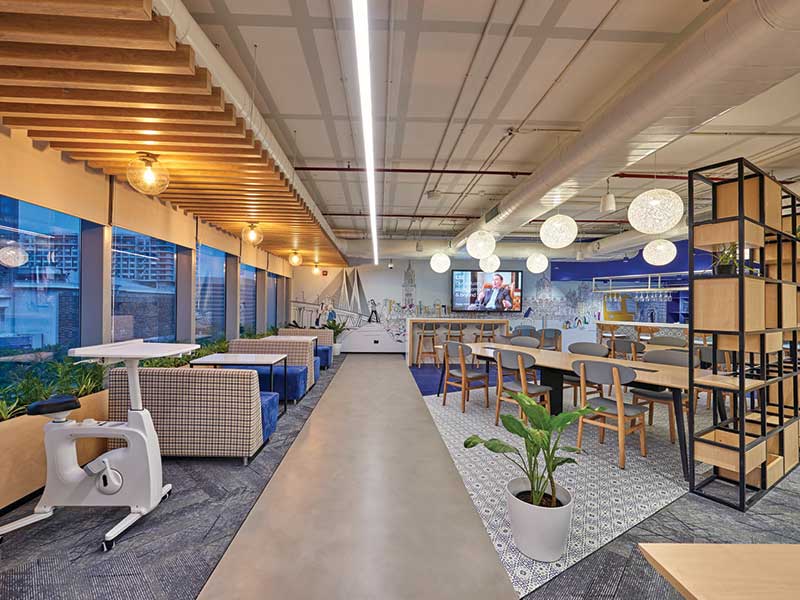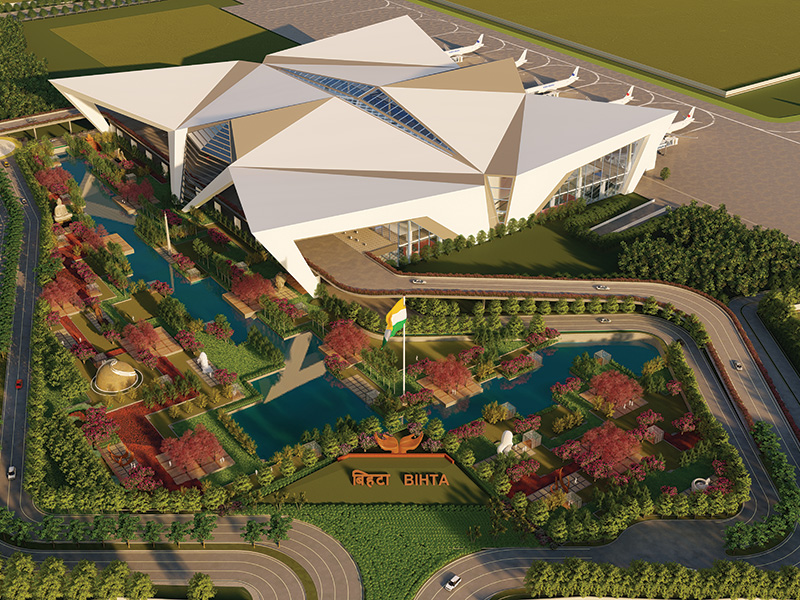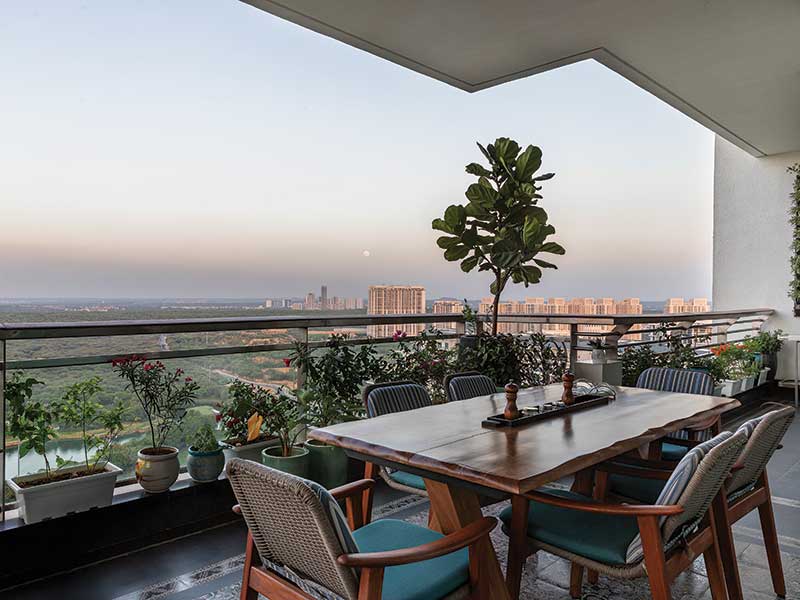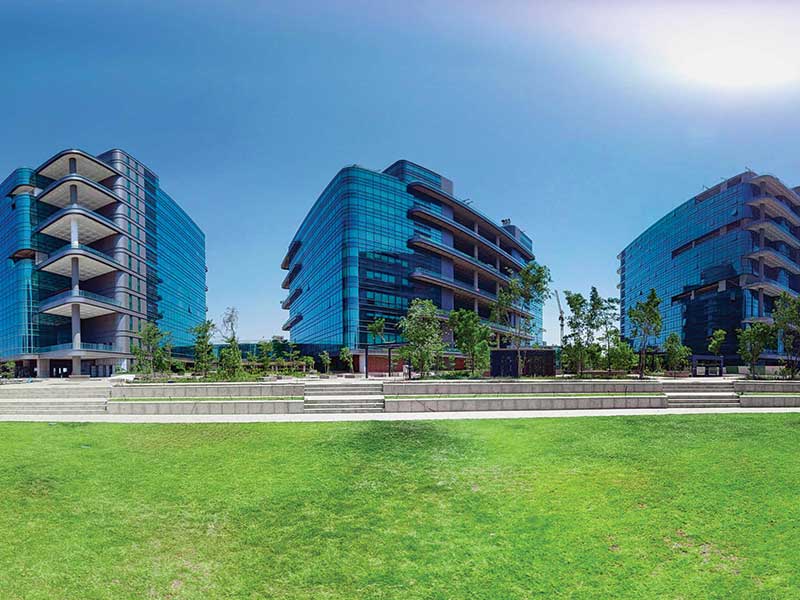Since the advent of Artificial Intelligence in architecture, the possibilities for reimagining workplaces have widened massively as AI is introducing novel standards for efficiency, sustainability, and user-centric design.
Sanjeev Bhandari, Founder & CEO, AirBrick Infra
AI is transforming the work experiences by enhancing workplace designs and making them more centred around employee well-being, maximising productivity, and fostering creativity and innovation.
Improving Space Efficiency and Flexibility
Space utilisation is one of the most important contributions of AI to workplace design. The use of advanced algorithms enables analysis of huge datasets and user inputs to create plans that maximise space efficiency. There are AI-driven software available that consider factors like spatial preferences, workflow patterns, and the way departmental interactions take place so that better layouts can be created that align with the organisation’s requirements. Organisations are leveraging AI to optimise every corner of their space so that they can create a spacious and comfortable environment for their workers.
Personalised Employee Experience
Using machine learning algorithms, architects can now create workstations that cater to the individual requirements of employees. AI algorithms gather data on different aspects of employee preferences so that settings like lighting, desk height, seating arrangement, etc. can be adjusted automatically, enhancing the overall comfort of employees. This personalised approach gives a sense of ownership and well-being to the employees, thereby enhancing their productivity and efficiency.
Improving Workplace Health
AI systems can analyse factors like temperature, air quality, noise levels, etc. This allows architects to incorporate elements into their designs that provide protection from the detrimental aspects of the surroundings. For instance, to prevent discomfort from high noise levels, soundproof chambers can be created that help reduce distraction among employees and allow them to focus better. This eventually contributes to enhanced productivity and ensures their well-being.
The growing synergy between AI and architecture is taking us towards a future where workplace design seems to be progressive and brimming with possibilities.
Energy Efficiency and Sustainability
AI enables architects to optimise building designs and choose systems and materials that reduce energy consumption and thereby minimise the organisation’s carbon footprint. AI algorithms have enabled the use of systems that help in managing heating lighting and cooling on the basis of weather conditions and the number of people occupying a particular space. This significantly helps in reducing energy consumption and also helps the organisation in saving costs in the long run.
Better Collaboration & Communication
AI allows better communication and collaboration among designers, architects, and clients. AI has made 3-D modelling better, which paired with virtual reality technologies allows better visualisation and interaction with designs. This makes the decision-making process more effective and efficient. There are various technologies available that allow designers, architects, and clients to discuss and share ideas in real-time, which makes the feedback mechanism more precise and convenient, ensuring that the final result is as per the expectations of all the stakeholders.
Better Use of Generative Design
Generative design is an approach supported by AI that enables architects to explore a plethora of design possibilities very quickly. AI algorithms have the potential to generate innovative solutions that humans might not even have considered. A lot of organisations are using generative design algorithms to create futuristic, advanced, and energy-efficient spaces. In this way, AI is not just elevating the quality of workplace designs but is also contributing to saving time and resources, without compromising on creativity and innovation.
Overcoming Difficulties in Design Process
AI algorithms allow architects to model and analyse certain aspects of design that are complex. Furthermore, AI also helps architects in understanding historical workplace data that helps in more accurate prediction of future requirements. These insights facilitate better decision making and eventually allows workplaces to adapt to the changes in working patterns, workforce size, and technical requirements in a better way that fosters productivity and a healthier working environment.
Better Time Management
There are certain things that can be overwhelming and time-consuming in large office spaces, especially finding ways and navigation. There are AI powered systems available that help in navigating and finding ways by providing employees with optimised routes and directions in their workplaces. Not only this, AI algorithms can also guide employees to the locations where they want to go by analysing real time data on traffic very efficiently, thereby minimising time wastage and enhancing their overall productivity.
Smart Lighting Solutions
AI is also playing its role in providing better lighting solutions. There are automated lighting systems available that are well optimised and equipped with sensors and machine learning algorithms that can adjust the colour temperature, intensity of the light, and the direction of the light on the basis of natural light patterns. This ensures better elimination throughout the day and helps in conserving energy. When employees work in a well eliminated environment, they stay more focused, energised, and are more productive.
Encourage Remote Work and Virtual Collaboration
AI technology is facilitating better communication and collaboration, which makes remote work and virtual collaborations more efficient. There are AI powered virtual meeting platforms and tools available that have features facilitating efficient and effective remote working, and from virtual meetings to online training sessions. The active role of AI enabled platforms and tools blurs the line between remote working and office working, allowing employees to work with utmost comfort without compromising their efficiency and hampering their productivity.















